Recruitment is a costly, time-consuming and risky process for all businesses. But for medium-sized companies pursuing growth, bringing the right people, skills and experience into a business at the right time is critical. Get it wrong and it can be bad for costs, culture and strategy. If so much is at stake, what goes into a successful and sustainable recruitment strategy?
Pacing and planning
Speed is sometimes of the essence but when it comes to recruitment, pace is key. There are risks associated with hiring both too quickly and too slowly, so companies must judge where the Goldilocks zone in all this lies.
Cara Myers, HR business partner at Pebble Business Transformation, explains: “If you’re hiring too slowly, you could find yourselves in a position where you don’t have the right teams – or capabilities – to deliver on client deadlines or customer needs. That could impact your existing employees by placing pressure on them, affecting engagement, productivity, retention and ultimately your bottom line. This could also leave you in a position where you’re unable to achieve your strategy and hit the goals you’ve set out.”
On the flipside, hiring too quickly can mean that the right processes and infrastructure aren’t in place to set people up for success. For example, not having any work for people when they start or excessive payroll costs. Myers explains how having a workforce plan in place from the outset will help to ensure the right people are on board at the right time to meet business needs.
“Rather than focusing on what you need to hire right now, your workforce planning will focus on the long term and link to your strategic business planning,” she says. “Once you have a good idea of the roles you need to deliver your strategy, you can begin to look at the gaps and make a plan on the best way to plug them.”
The chicken-and-egg nature of recruitment can make it a tricky playing field to navigate, says Callum Rhodes, people and talent manager at sustainable packaging company Notpla: “Do you wait until the work is there and then recruit and risk a backlog of work, or if there’s nothing happening, do you recruit early and hope the work turns up?”
The firm’s take on recruitment has evolved as it has grown, moving away from a “gutfeel” approach to a more empirical and data-driven one. “It is identifying our recruitment triggers and trying to move recruitment to something of a science,” explains Rhodes. “It’s about understanding our success points and where we are in terms of our product life cycle, business life cycle and goal cycle. If we do recruit at that point, why does that accelerate our success?”
Myers recommends analysing key data such as the local labour market, how long it takes to fill a role, average notice periods and ramp-up time for recruits. “For example, if your data tells you it takes on average two months to get new hires up to speed, you know you need to have them start two months ahead of when you need to be delivering full capacity,” she says.
To recruit or upskill?
Given the time and resources it often takes to fill a role, businesses must weigh up their options and consider whether contractors or internal upskilling will enable growth more effectively. Jo Reid, chief executive of software company Calvium, knows how critical the next hire can be, which is why growth-based decisions are managed carefully in her leadership team.
“We look at a combination of capacity within the current team, the pipeline and external market factors, predicting and identifying the skills we need,” she says. “Then we consider whether we need that as a core competency in the business or need to find a partner who can do that for us.”
A person’s experience, as well as how well-defined the role is and if they can hit the ground running are also factored into the decision-making process. “If there’s a long onboarding ramp and a lot of support that’s needed, that’s a hit on the line managers because they’ve got to spend time doing that,” says Reid.
It is a challenge that James Fahy, co-founder and chief executive of digital tipping business JustTip, meets by taking a “staggered approach” to onboarding. He explains: “We generally stagger with a four- or six-week window so that employee one will be in for a month, then when employee two starts we have both the team and employee one helping them. It staggers that knowledge share between all parties.”
Rhodes describes a “new and interesting challenge” now that Notpla has hit its optimum headcount for the current stage of growth: shifting from growth-focused hiring to optimising performance.
“Although we are still recruiting, it’s much steadier now and it’s about how we can be more efficient, drive performance and drive our people to be generally better and grow their skillset,” he says, also noting the positive impact that nurturing talent has on culture.
A holistic approach
Markets and businesses are naturally unpredictable, so Myers stresses the importance of being flexible and not looking at recruitment processes in isolation. Considering the HR function and other key business functions holistically is key to ensuring the business can grow comfortably.
This might mean checking in periodically as headcount grows and assessing whether processes are set up in a way that not only enables the business to recruit, but also develop and retain talent. For example, making sure managers know how to interview and that the right IT systems are in place.
“The other thing I’d be thinking about as you grow and have more money to invest would be how you can introduce things such as automation, AI and different types of systems to help processes run smoother and give back time that can be used on value-added activities,” says Myers. “Then, it’s about how to measure the success of your processes to understand what is and isn’t working well.”
There is, of course, no one-size-fits-all approach; it is down to the business to judge the right pace based on costs, culture, capacity and strategic objectives at that time. Finding that sweet spot will be easier for those who understand their market and goals, use data to enable and inform long-term planning and can learn and recover from mistakes quickly – which is the key to growth.
Related and recommended
Labour believes a trade deal with the US will change its political fortunes, but there are numerous obstacles in the way
The Olympic cycling champion has brought lessons from his time in sport to his work in business
How do you build a company culture that nurtures game-changing ideas? Start with mindset, feedback and failure
The auto industry entrepreneur believes smart pivots can be the start button to fire up business success

